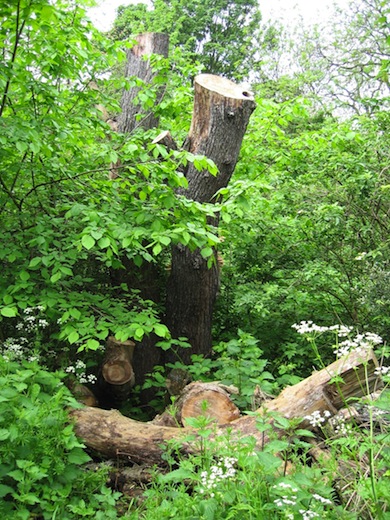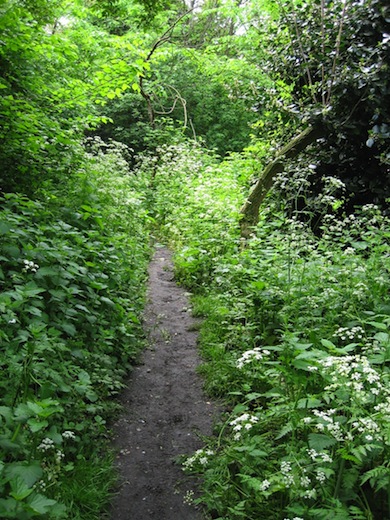Landscaped between 1854 and 1870, Battersea Park is a large and strategic open space overlooking the southern bank of the River Thames. The park boasts amongst its features a grand riverside promenade with Buddhist shrine, both ornamental and ecologically-managed areas, and a large lake with islands and magnificent fountains. There are over 4000 trees in the park, many of which date back to its original opening in 1858.Wilder parts of the park are incorporated within a Local Nature Reserve known locally as Mist’s Pitch. There is free public access in daylight hours. Kensington & Chelsea Walking Alliance uses this site – a Walking the Way to Health (WHI) scheme; see link for details.
Local Wildlife Site
Accessible Sites of Importance for Nature Conservation
Battersea Park
Borough: Wandsworth
Grade: Metropolitan
Access: Free public access (all/most of site)
Area: 80.19 ha
Description
Wildlife
The main wildlife interest here is the birdlife. The park and particularly the large lake host locally significant numbers of wintering waterfowl, including shoveler and tufted duck. There is also a wide variety of breeding and migrating birds, including pochard, shelduck, pintail, scaup, gadwall, wigeon, teal, great crested grebe and a resident pair of mute swans. The islands in the lake support one of London's larger heronries, with up to 30 nests noted in recent years.The eastern margin of the park is managed as a woodland nature reserve, and here may be seen large numbers of butterflies - 20 species have been recorded, including the uncommon white-letter hairstreak, speckled wood, orange-tip and brimstone.Facilities
Information; nature trail; lakeside cafe; playground; the Battersea Park Children's Zoo.
Dead wood conservation at Battersea Park Natre Area © London Wildlife Trust

The Nature Area at Battersea Park © London Wildlife Trust
Feedback
Have a question or a comment for this site, or notice anything missing or out of date? Please contact us.
